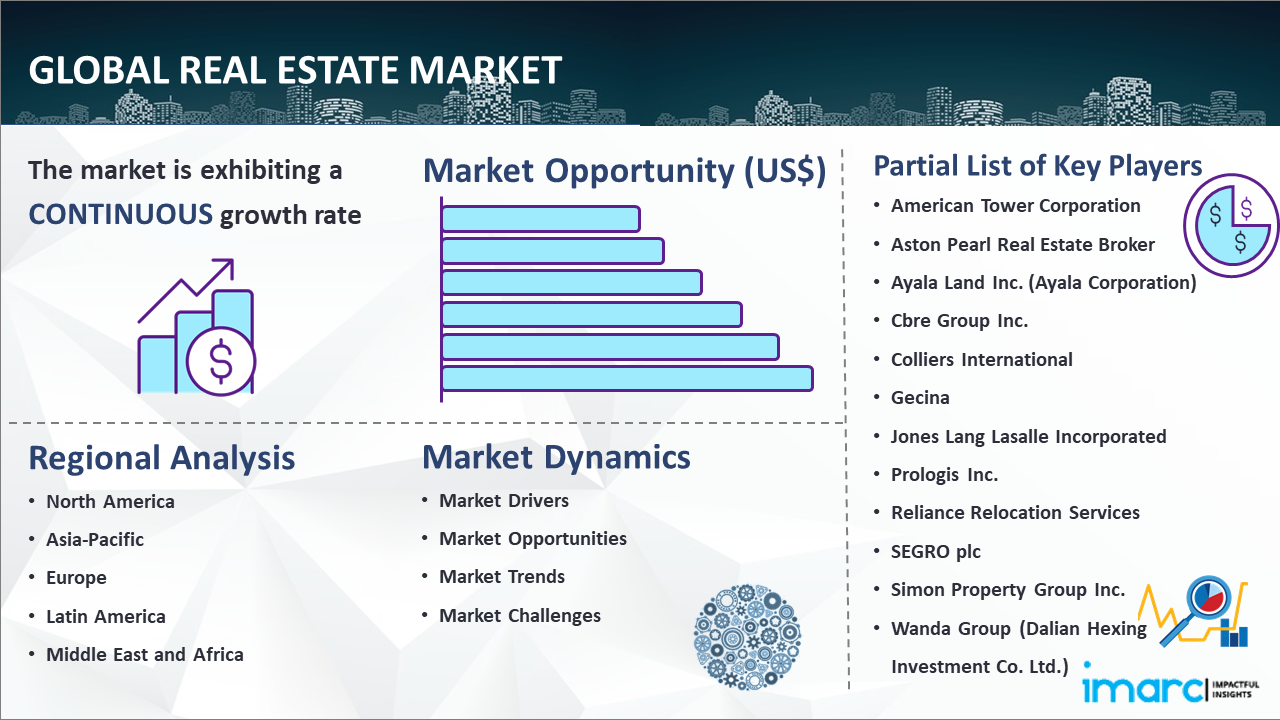Managing a workforce efficiently is essential for any thriving business, and one way to do this is through integrated HR and payroll software. This approach combines HR services and payroll tasks into one platform, helping streamline your business processes and improve operational efficiency. Let’s explore the benefits and features of this system and how to implement it in your business.
Source: Kaspars Grinvalds/Shutterstock.com
The Benefits of Integrating HR Services for Small Business
Integrating HR and payroll software offers numerous benefits for small businesses, including:
Centralized Data Management
You eliminate the need to maintain multiple databases for employee information by combining your HR and payroll systems into a single platform. This centralized approach reduces the risk of discrepancies and errors, which are common when handling data across separate systems.
You also save time on data entry and management, freeing up your HR team to focus on more strategic tasks that benefit your company. Additionally, with all employee data accessible in one place, generating reports and insights becomes quicker and more accurate, supporting better decision-making at all levels of your organization.
Enhanced Data Security
When you consolidate data into a single system, it’s easier to implement uniform security measures like access controls and encryption. This helps maintain high security standards for all kinds of sensitive employee information.
Integrated systems also make it easier to comply with data protection regulations like the General Data Protection Regulation (GDPR) or the Health Insurance Portability and Accountability Act (HIPAA). Compliance becomes streamlined as there’s only one system to audit and update, reducing the complexity and potential gaps in adhering to legal requirements.
Improved Accuracy and Consistency
Managing HR functions like employee records, benefits management, and payroll through a single system greatly reduces the chances of errors and inconsistencies. For instance, if there are any changes in an employee’s personal details, salary, or status, the information gets updated immediately across all departments. Your payroll calculations are always based on the newest and most accurate data.
Additionally, an integrated system reduces the risk of conflicting data and guarantees that every department operates on the same data set, promoting consistency throughout your organization.
Key Features of Integrated HR and Payroll Software
Integrated HR and payroll software can transform how your small business operates, making your processes more efficient and accurate. Here are some of the key features that make a difference:
Automated Data Entry:
Automated data entry minimizes the need for manual data input, drastically reducing the chances of human error. With automation, information flows smoothly between HR tasks and payroll calculations, meaning less time spent fixing mistakes and more time focused on important tasks.
Real-Time Updates:
Any changes in employee information, like salary increments, promotions, or personal details, are immediately reflected across all platforms. This ensures that everyone in the organization can access the most current information, which is crucial for effective decision-making and seamless operations.
Comprehensive Reporting Tools:
These tools can generate various reports, such as payroll summaries, employee performance analytics, and compliance reports. Easy access to detailed reports helps you make informed decisions that align with your business strategies and legal requirements. This capability simplifies the compliance process and provides insights that help forecast and plan for the future.
Employee Self-Service Portals:
These portals allow employees to manage their personal information, view their payroll details, request time off, and access company documents without HR intervention. This empowers employees and gives them greater control over their information while significantly reducing the workload for HR staff. By decreasing the administrative overhead, HR professionals can focus on more strategic tasks that contribute to the company’s growth and well-being.
Source: Simon Mayer/Shutterstock.com
Implementation of Best Practices
Successfully implementing integrated HR and payroll software requires careful planning and execution. Here are some best practices to help ensure a smooth transition and maximize the benefits of your new system:
Planning the Implementation
To make sure your implementation goes smoothly, start with a detailed plan outlining a clear timeline that includes all key milestones, from the initial setup to the final go-live date. You should also identify the resources you’ll need, such as team members, technology, and budget. Be sure to set realistic goals and communicate these to everyone involved so that all team members know their roles and expectations.
Data Migration
Moving your data to a new system can be daunting, but maintaining data integrity is crucial. Begin by cleaning up your current data, removing duplicates, and correcting errors. During the migration, use tools or services to transfer data accurately and securely. It’s important to verify the data in the new system to ensure everything has been transferred correctly and is functioning as expected.
Training Employees and Managers
Proper training is key to a successful implementation. Develop comprehensive training programs that cater to different levels of users, from employees to managers. Use various training methods, such as workshops, webinars, and manuals, to accommodate different learning styles. Additionally, ensure ongoing support is available to address any questions or issues as they arise. The goal is to make everyone comfortable and proficient with the new system.
Evaluating Success
To measure the implementation’s success, establish clear metrics that reflect your objectives. You should monitor these metrics from the start and throughout the system’s lifecycle. Look for improvements in efficiency, employee satisfaction, and data accuracy. Also, regularly review the system’s performance and gather feedback from users to identify areas for improvement. This continuous evaluation will help you make informed decisions to enhance the system’s effectiveness over time.
Conclusion
If you want to enhance your payroll and HR services for your small business, consider how an integrated system could transform your operations. This integration supports day-to-day management and strategic decision-making, enabling you to better plan for future growth and adapt to changing business needs.




:quality(70)/cloudfront-eu-central-1.images.arcpublishing.com/businessoffashion/IOIBK5MDK5AV7KDTJB2VHLAI5A.jpg)
More Stories
The Ultimate Guide to Scaling Your SaaS with a Top-Notch Marketing Agency
The Top Bullion Selling Trends in Melbourne for 2024
What are the benefits of using an SME loan app to apply for the best SME loan with competitive interest rates?